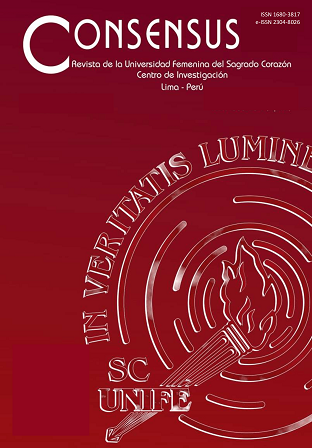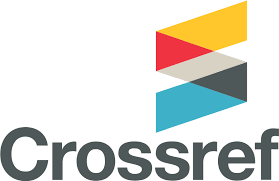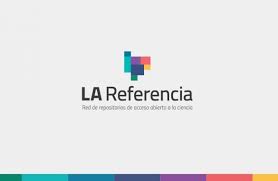TSemantic domain and reading comprehension in students of the Faculty of Education at the Universidad Nacional Federico Villarreal, Lima – Peru
DOI:
https://doi.org/10.33539/consensus.2017.v22n1.990Keywords:
Semantic domain, reading comprehension: Literal level, Inferential level, Criterial levelAbstract
The purpose of this paper is to demonstrate the relation between the semantic command and
reading comprehension in students from the Education Faculty of Universidad Nacional Federico
Villarreal from Lima. The research done on a sample of 70 people to whom two instruments
were provided: a questionnaire that measures the semantic command (Nuñez, 2012) in the
following fields: vocabulary in context (nouns, adjectives and verbs); synonyms in context (nouns,
adjectives and verbs); antonyms (nouns, adjectives and verbs); paronyms (nouns, adjectives
and verbs); homonyms (nouns, adjectives and verbs); hyperonyms and hyponyms (nouns and
verbs); linkers (conjunctions and connectors). It is valid and reliable in 0,891 and there is also a
reading comprehension test (Tapia, 2012). It consists of 10 pieces of reading, divided in three
dimensions: Literal (Information about facts, definition of meanings); Inferential (Identification of
the main idea, understanding of facts, inference about the author, inference about the content of
the pieces of reading, mark or give a title to the text); Criterial (assessment of the facts presented
in the texts), it has reliability of 0,66. Results report the existence of a meaningful relation of
0,693 between the semantic domain and reading comprehension among students. Regarding
dimensions, it is observed an average relation (0,453) between the semantic domain and reading
comprehension in the Literal level; a weak relation (0,276) between the semantic domain and
reading comprehension in the Inferential level; and, a low relation (0,369) between the semantic
domain and criterial comprehension.








